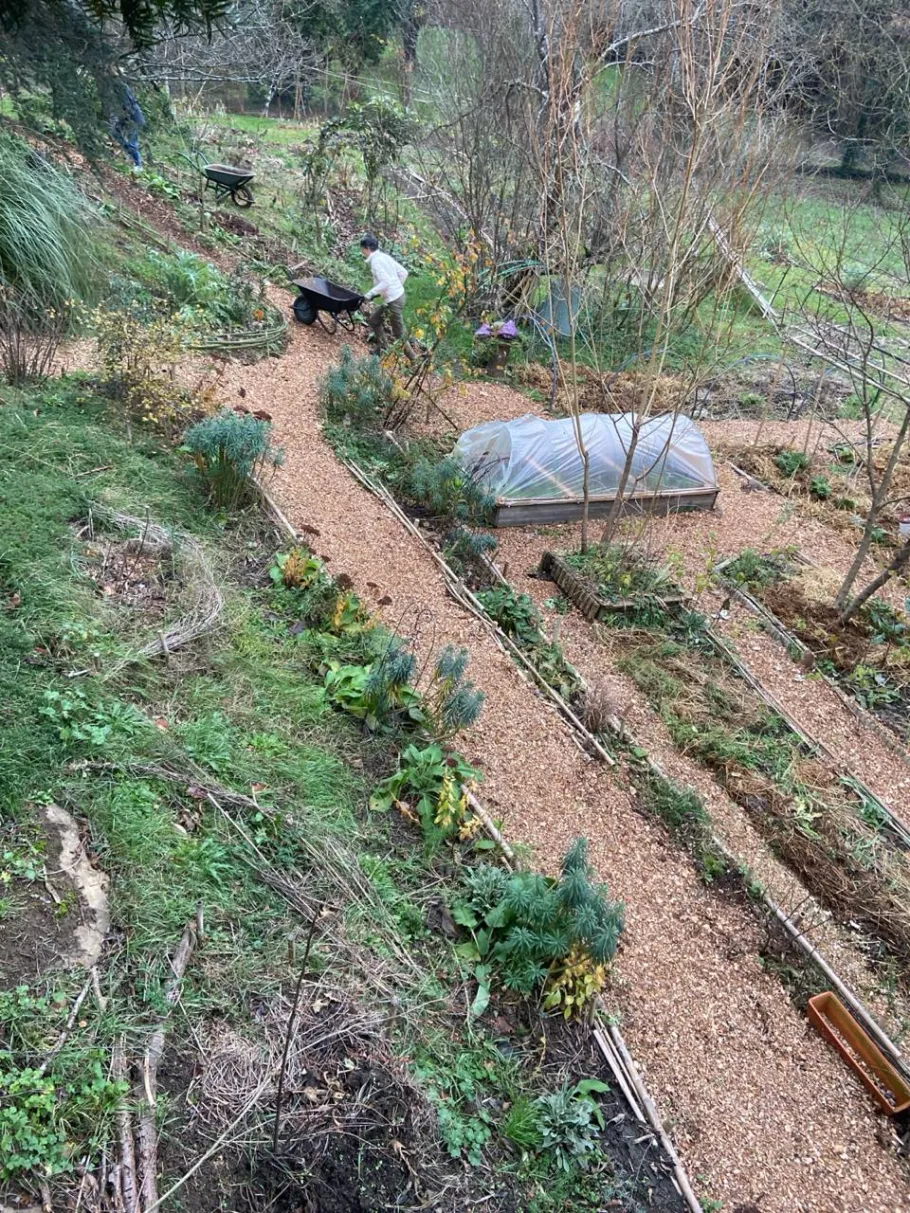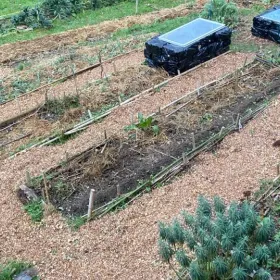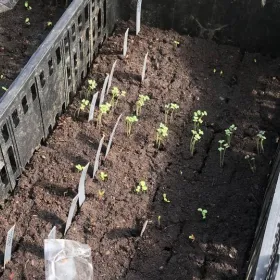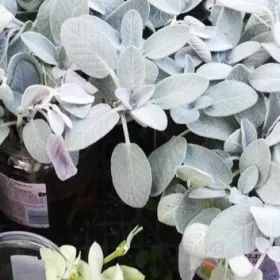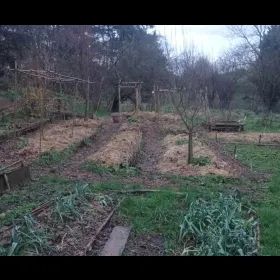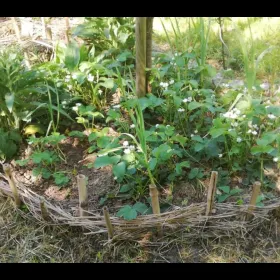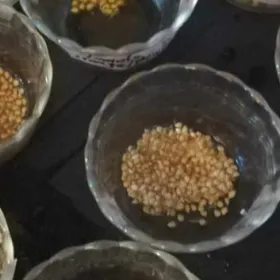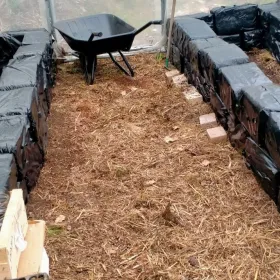Le Jardin d'un Notre Monde

A project that includes an evolving forest garden for a family of eight people, a self-organized community garden, a demonstration and training site for ethical agroecology practices. The dynamics of the place rely on permaculture and syntropic techniques, and seek balance through an agro-sylvo-pastoral approach, at the appropriate scale.
There are multiple microclimates on the site, which have allowed the development of several micro-projects integrated into a holistic design, highlighting the varied sectors and the natural potential of the place.
This includes: forest gardens on swales, terraces, a half-buried greenhouse, fascines, agroforestry in alley-cropping, a community garden, multiple hedges for biodiversity and windbreaks, chickens and ducks .
Water management covers multiple low-tech techniques (swales, berms, boomerangs, terraces, ollas), mechanical systems (cisterns for rainwater storage and drip irrigation for crops), and a well that supplies drinking water.
Multiple compost techniques (for a wide range of local organic resources) are employed in an integrated manner in the different growing areas. Production: various fruits and vegetables, currently in development; aiming to achieve a rate of 80% perennial plants and 20% annual plants.
Since the begining of 2024, we've integrated mushroom production to the list of crops being grown on site, aiming for year-round production.
Compost toilets make it possible to recycle local resources to an even greater extent.
The sun exposure is South-East and South. Located near a natural wetland, the land is bordered by mature trees. The slopes are both convex and concave, with a gradient between 3-10%.
Multiple people (professionals, the resident family members and volunteer gardeners) are involved in various small-scale projects almost all year round. Activities: alley cropping (agroforestry rows and annual garden beds), forest gardening, ecological gardening (community project), polytunnel cultures, various workshops, ad-hoc meetings for the processing of crops.
Other elements included: sheltered working spaces (veranda, kiosk, greenhouse), a space for outdoor meetings in the shade of a bamboo grove, a solidarity fridge. The space also hosts meetings around well-being and human ecology.

